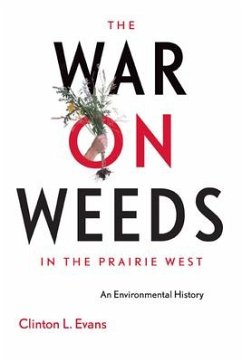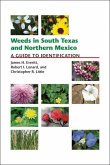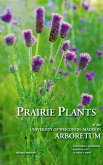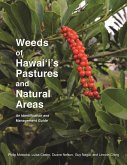Despite the fact that fighting weeds was of paramount importance to the agricultural development of Canada, there has scarcely been any research on understanding the origins and history of these lowly plants. Finally, historian Clint Evans gives weeds the attention they deserve. In this ground-breaking study that spans four centuries of weed history, Evans focusses on the evolution of the relationship between people and weeds in the formative years of western Canada. This book documents the arrival of weeds with seed from England in the sixteenth century, how these foreign seeds survived and thrived on the plains of North America for centuries to come, and governmental perceptions and legislations against weeds. Highlighting topics such as weed biology and ecology, noxious weed legislation and "weed science," Evans considers the delicate connections between human culture and the natural world. Energetic and accessible, The War on Weeds in the Prairie West is the first full-blown environmental history of weeds in western Canada.
Hinweis: Dieser Artikel kann nur an eine deutsche Lieferadresse ausgeliefert werden.
Hinweis: Dieser Artikel kann nur an eine deutsche Lieferadresse ausgeliefert werden.



![Handbook of the Ferns of Canada [microform]: Being a Plain and Practical Guide to Amateurs in the Study and Cultivation of the Native Species Handbook of the Ferns of Canada [microform]: Being a Plain and Practical Guide to Amateurs in the Study and Cultivation of the Native Species](https://bilder.buecher.de/produkte/66/66146/66146754m.jpg)


![Farm Weeds of Canada [microform] Farm Weeds of Canada [microform]](https://bilder.buecher.de/produkte/65/65622/65622335m.jpg)

